Garmin Vivosmart HR vs. Fitbit Charge HR: Why Garmin Wins
Whether you're looking to shed a few pounds or you want to get more out of your workouts, a fitness tracker is a great exercise ally. Two of our favorites, the Fitbit Charge HR and the Garmin Vivosmart HR, are up to the challange.
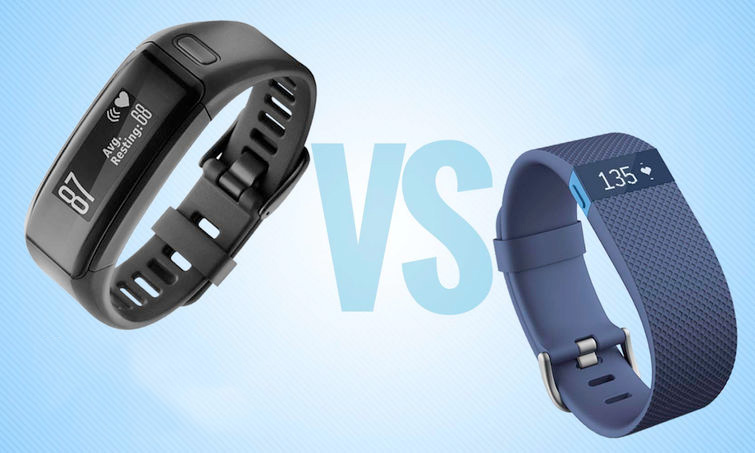
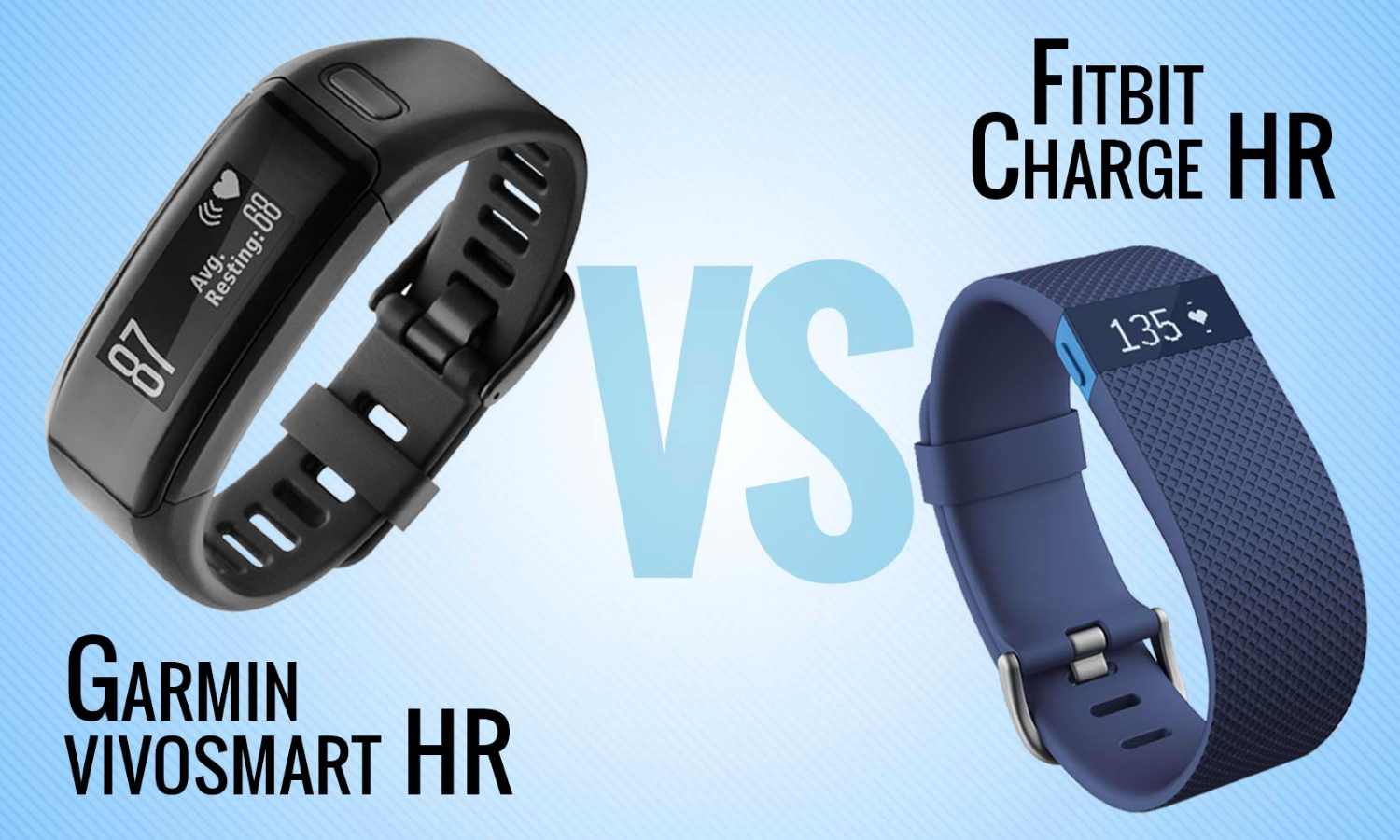
Whether you're looking to shed a few pounds or you want to get more out of your workouts, a fitness tracker is a great exercise ally. Two of our favorites, the Fitbit Charge HR and the Garmin Vivosmart HR, both cost $149 and track many of the same metrics: steps, sleep, calories, distance, floors climbed and heart rate.
Fitbit has dominated the fitness-tracker market for the past few years, but Garmin, with its long history of GPS watches for athletes, is no slouch when it comes to monitoring activity.
We put each tracker through seven rounds of competition to see which device is the best. It was a photo finish, but the Garmin Vivosmart HR beat out the Fitbit Charge HR.
Design
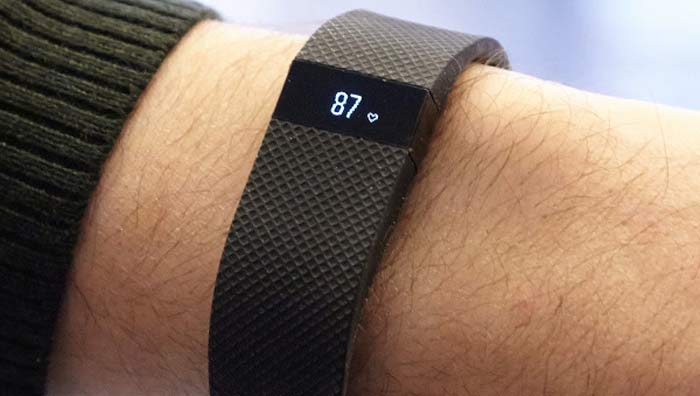
The Fitbit Charge HR comes in two sizes and five colors. Weighing 0.8 ounces, it's slightly lighter than the 1-ounce Garmin Vivosmart HR, which comes in two sizes and three colors. Garmin's device is also somewhat bulkier, at 0.48 inches thick, compared with 0.4 inches for the Fitbit. However, both are about 0.8 inches wide. Still, both are comfortable to wear.
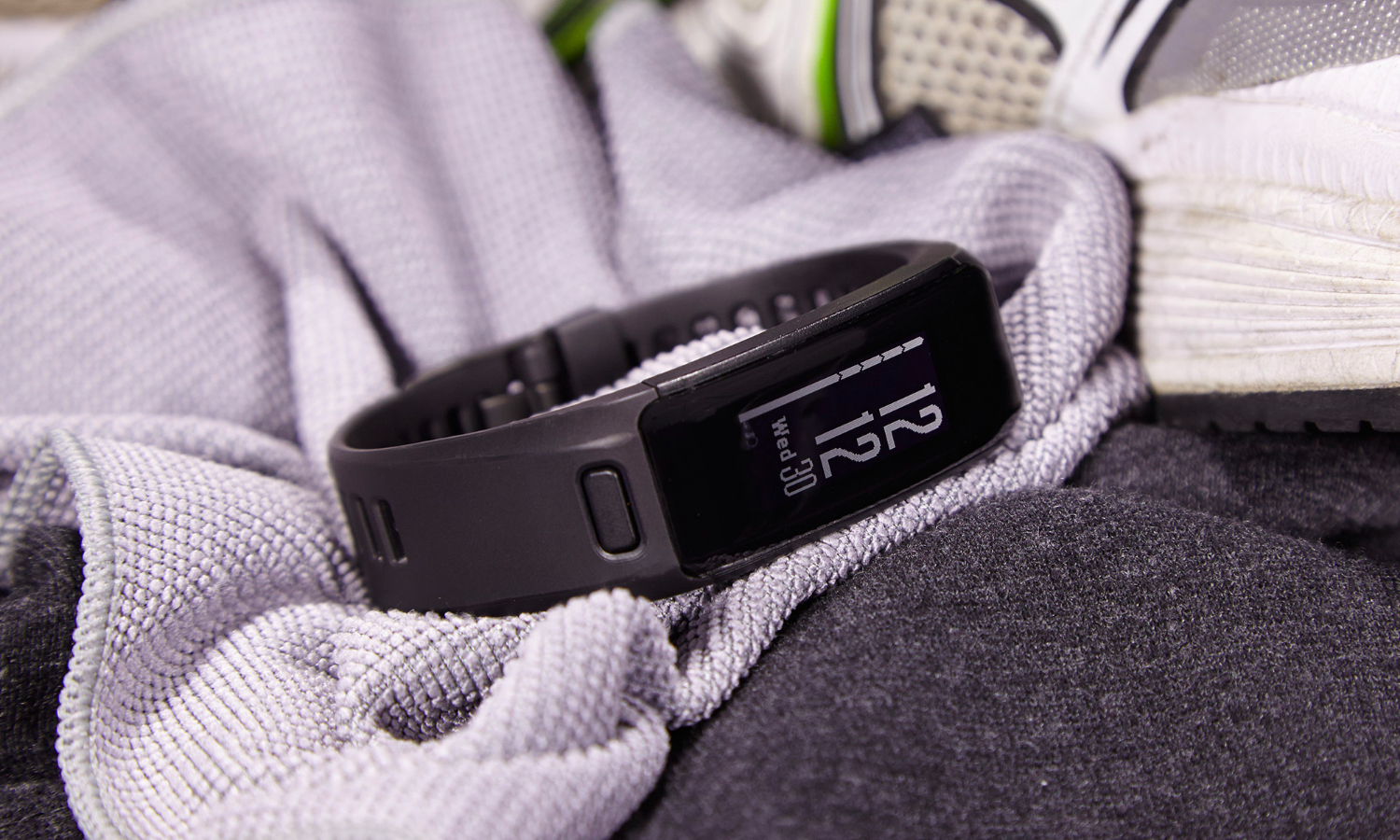
Both the Garmin and the Fitbit use a traditional watchlike strap. I wish all fitness trackers followed their example. I slightly preferred Garmin's band, which was a little more elastic-y.
Winner: Tie. Both are attractive, comfortable and relatively inconspicuous on your wrist.
Display
The Fitbit Charge HR has a small OLED screen that can show one line of text at a time. If you get a phone call, the number will scroll across the screen.
The Garmin Vivosmart HR's larger 1 x 0.42-inch, 160 x 68-pixel display can show much more information at a glance, such as a text message or the subject line of an email. Plus, you can orient the screen to display text vertically or horizontally.
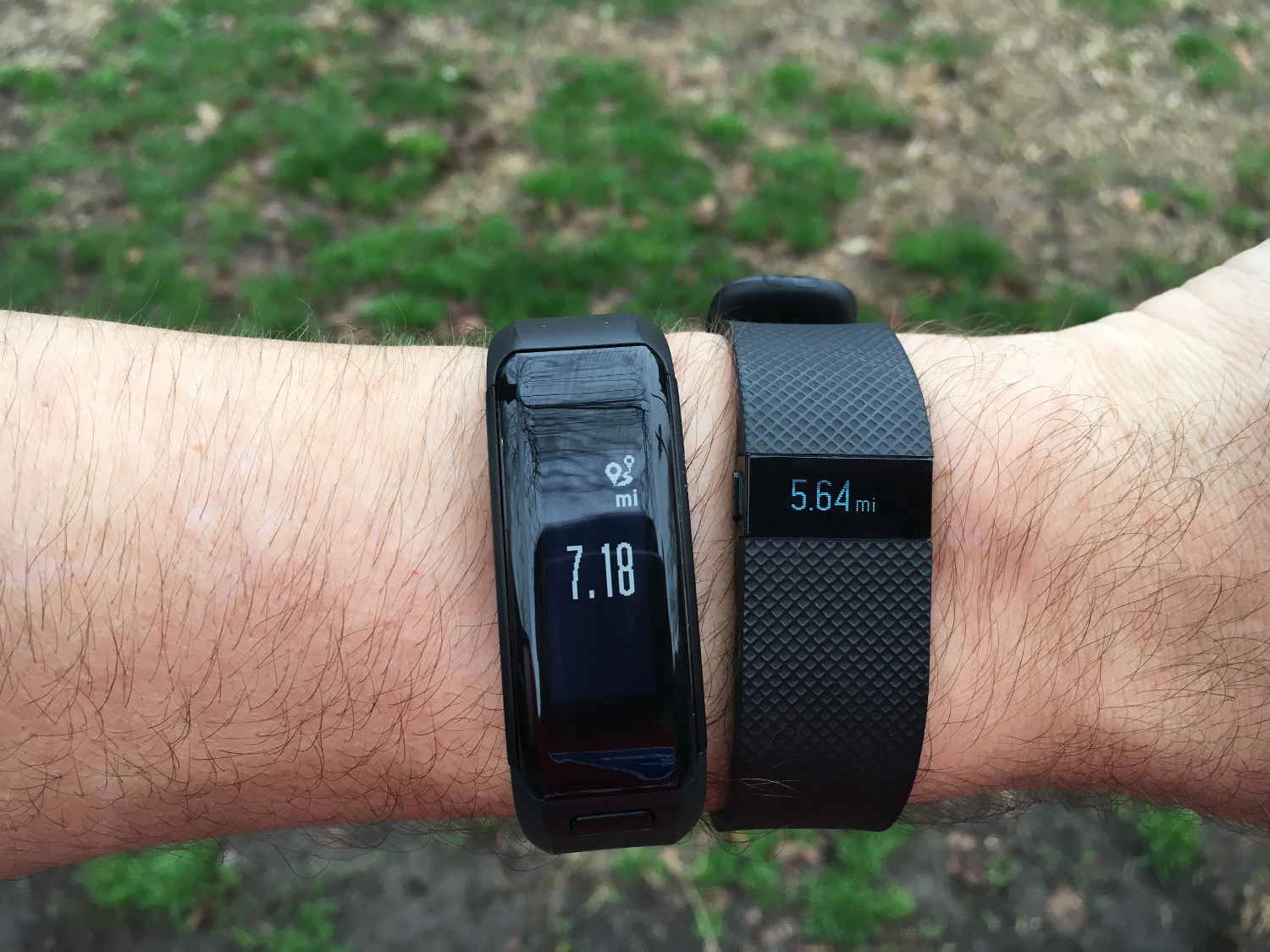
You can set the Garmin's display so that it is always on, whereas the Fitbit's screen turns on only when you flick your wrist. I also found the Vivosmart's screen much easier to read in direct sunlight.
Winner: Garmin Vivosmart HR. Its display is larger and shows more information at a glance.
Features
While both the Garmin and Fitbit measure heart rate, steps, distance, sleep and floors climbed, the Vivosmart goes well beyond what the Charge HR offers. It offers greater water-resistance than the Fitbit (165 feet versus merely splashproof); provides notifications for email, Facebook and Twitter; lets you control music from your smartphone; shows the weather; and helps you find your phone.
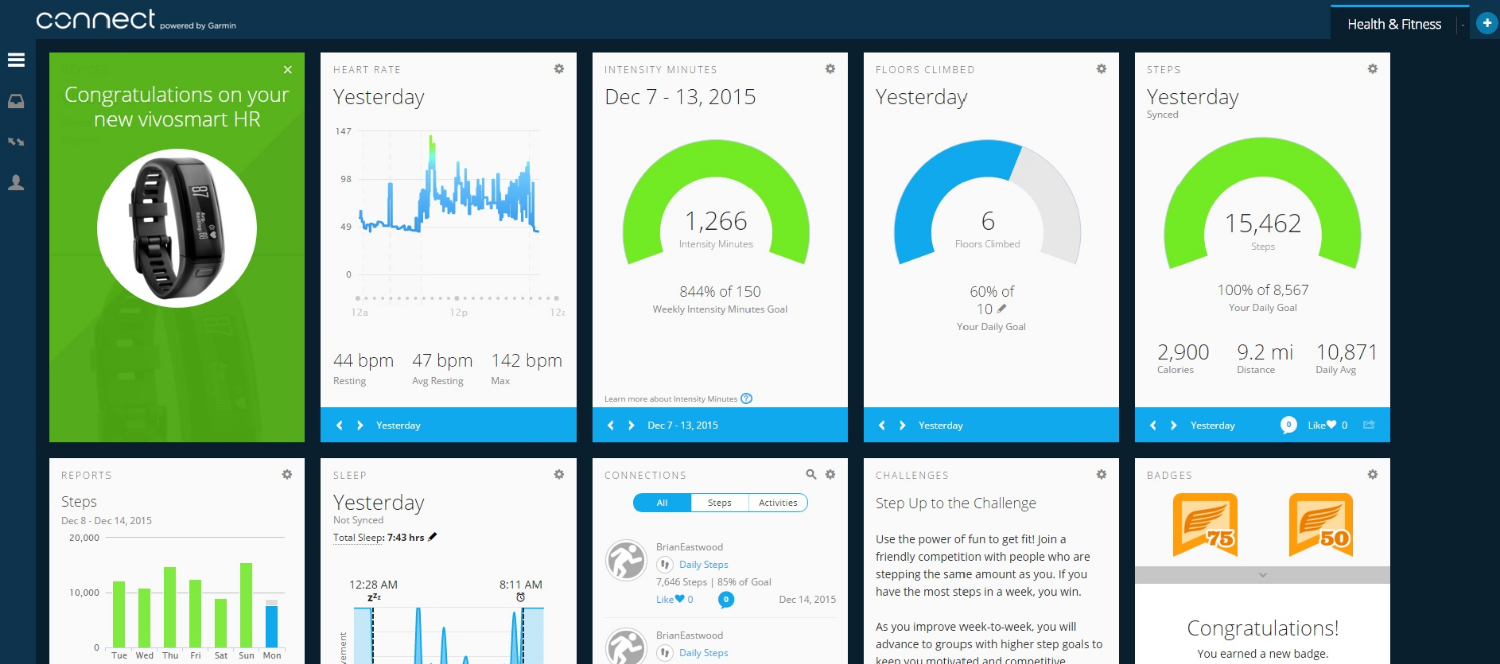
The Garmin also has an auto-goal feature: That is, if you set your goal to 9,000 steps but exceed that, the Garmin will automatically increase your goal to push you to move more.
MORE: 15 Best Fitness Apps
Winner: Garmin Vivosmart HR. It has loads more features than the Fitbit.
App
Both Garmin's and Fitbit's app are available for Android and iOS; Garmin's app has a slick interface with a black background and colored circles that fill in to show how far you are toward meeting your goals for the day.
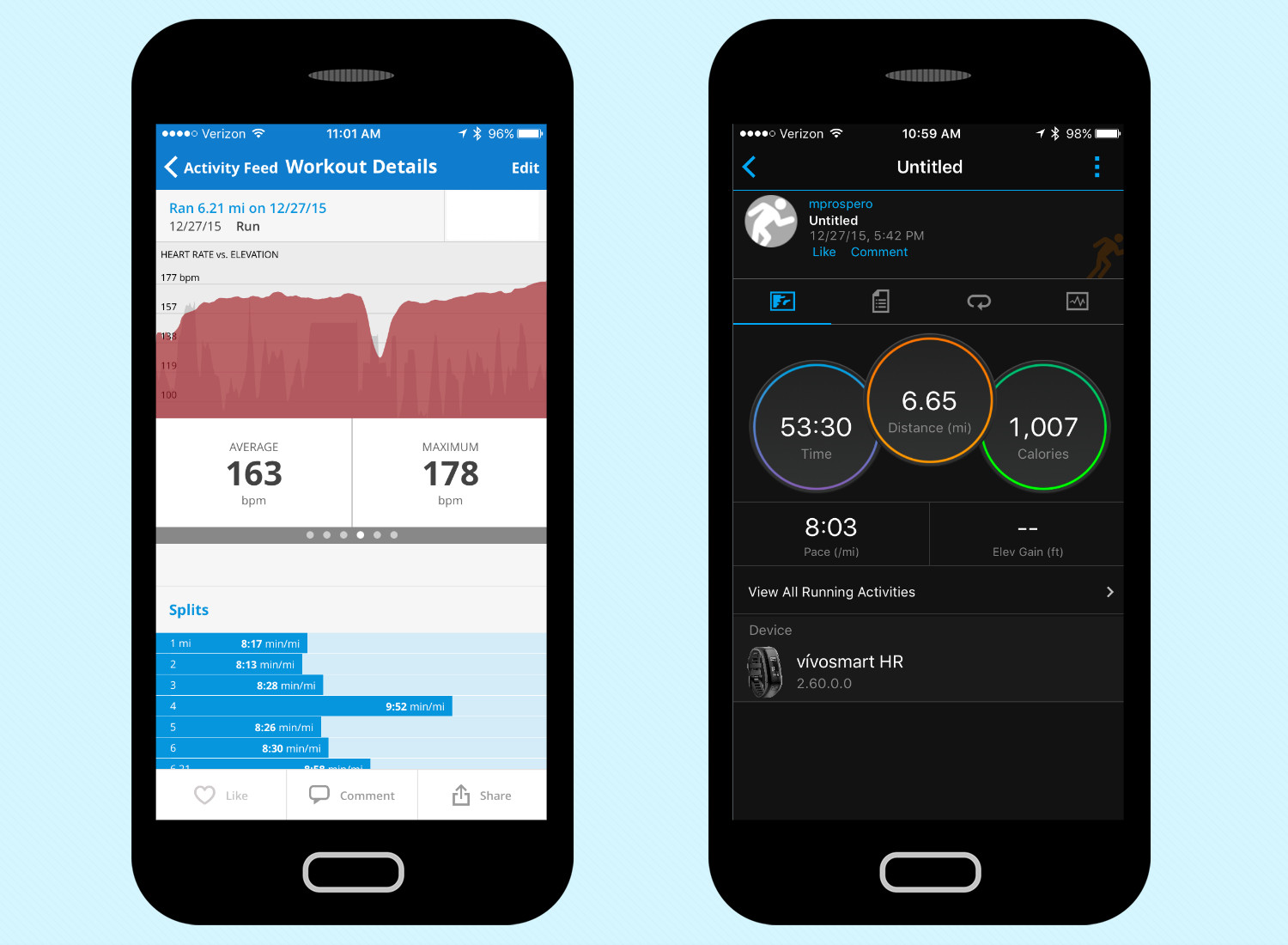
Fitbit's app is much brighter, with a more liberal use of colors and charts, and is geared toward a more holistic approach to fitness, by showing your weight and calorie intake in addition to steps and distance. I also like that the Fitbit app shows the battery level of the Charge HR on its main screen.
The least user-friendly part of any fitness app is food tracking; it's tedious to scroll through a seemingly endless list of different types of oatmeal to find the one you just ate. While Fitbit's app isn't perfect, it does incorporate diet tracking directly into its app. By comparison, if you want to log your calories with the Garmin, you'll have to do it through the separate MapMyFitness app.
Winner: Fitbit. Its app is not only more accessible, but also more well-rounded than Garmin's.
Heart Rate Accuracy
A fitness tracker is as only as good as how accurately it measures your activity. To that end, I strapped the Fitbit Charge HR on one wrist and the Garmin Vivosmart HR on the other, and went out for a run. As a control, I also wore a Polar H7 chest strap ($70) to measure my heart rate, which was connected to my iPhone 6s and the MapMyRun app.
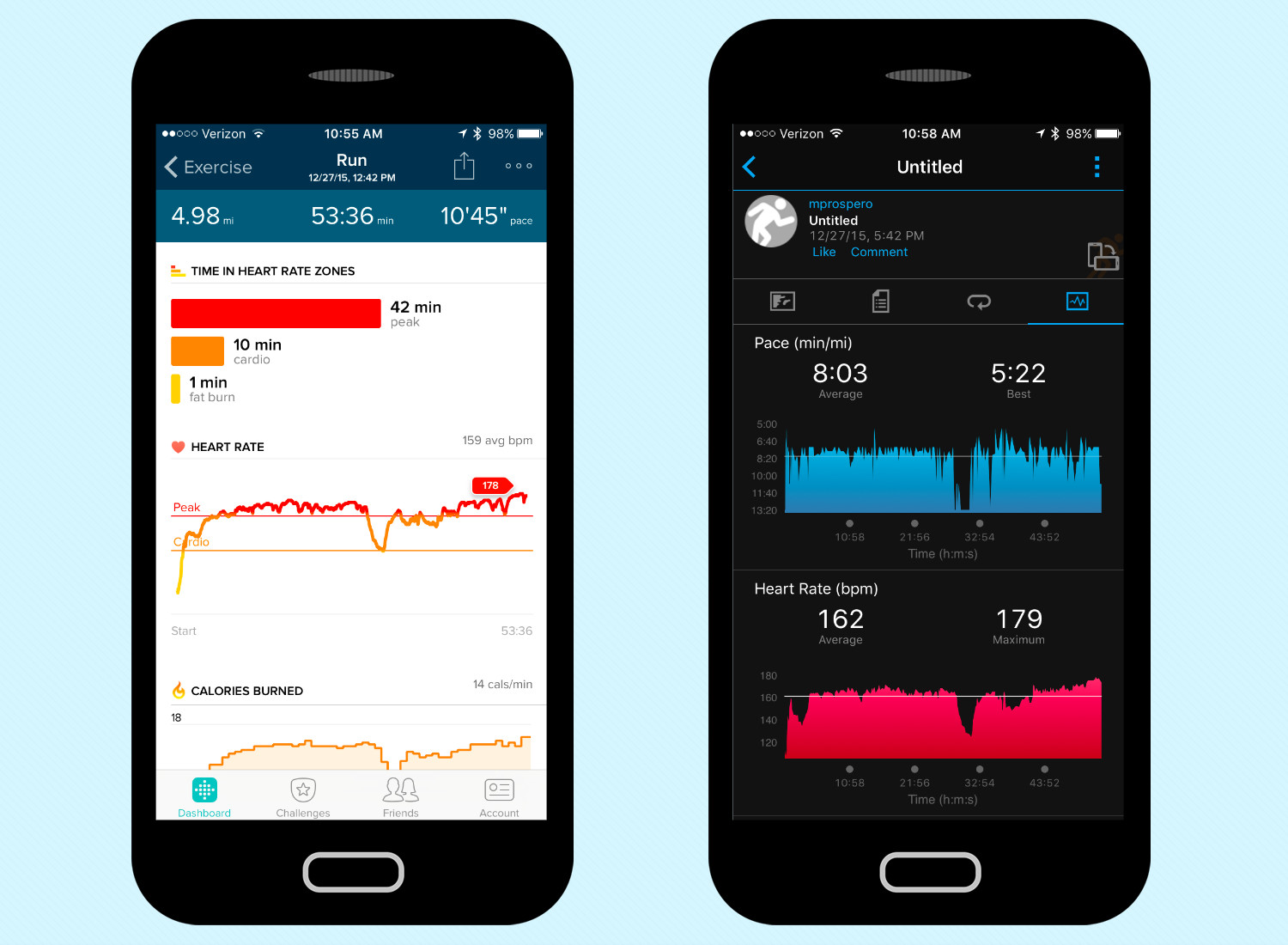
Both the Garmin and Fitbit were accurate when measuring my resting heart rate. The Garmin recorded 71 beats per minute and the Fitbit 72 bpm. The Polar measured it as 71 bpm.
I then went on a run with all three devices, to see how well they performed under stress. Both the Fitbit and the Garmin proved very accurate, as the maximum and average heart rates they recorded were within a few beats of the Polar strap.

Winner: Tie. Both fitness trackers are remarkably accurate when measuring your heart rate.
Distance Accuracy
Next, I went for a walk with both trackers, to see how well they counted steps. After 700 paces, the Fitbit recorded 703 steps to the Garmin's 705. Both are quite accurate in this account.
I ramped up the intensity by going on a 6.2-mile run (as measured by the GPS in my iPhone 6 and MapMyRun), to see how well both measured the distance under tougher conditions.
Here, the Garmin proved much more accurate than the Fitbit. While both were less accurate than GPS, the Vivosmart HR was off by only 0.44 miles, while the Fitbit underestimated my run by 1.23 miles.

The discrepancy in distance was so great with the Fitbit that I went on a second run with it and my iPhone. After sharing my results with Fitbit, the company advised me to calibrate the Charge HR using a tool on its website. I logged into my account, and input my stride length when walking and running. On a subsequent run, the Fitbit was much more accurate, recording a 6-mile run as 6.18 miles.
Winner: Garmin Vivosmart HR. While not as accurate as GPS, it' was much more precise than the Fitbit out of the box when running.
MORE: Best Fitness Trackers
Battery Life
Both the Garmin and the Fitbit are rated for up to 5 days of battery life. In our tests, we found the Fitbit lasted 4 days, while the Garmin lasted 2 to 3 days. While battery life will depend on how actively you're using the watch, we're not surprised that the Garmin didn't last as long on a charge, owing to its larger display.
Winner: Fitbit Charge HR. It lasted about a day longer than the Garmin.
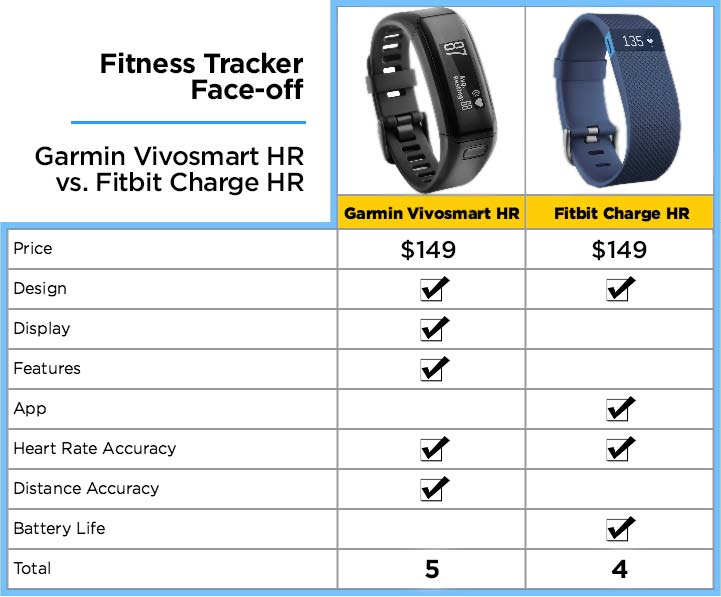
Overall Winner: Garmin Vivosmart HR. With a larger, brighter and more comprehensive display, greater feature set, and a higher degree of accuracy when running, the Garmin Vivosmart HR edges out the Fitbit Charge HR. Still, the Fitbit Charge HR is one of the best fitness trackers for the money, offering a sleeker design, longer battery life and a better companion app.
If you're also watching what you eat, the Fitbit may be the better option, as it has food tracking built right into its app. But if you want a more full-featured fitness band, the Garmin Vivosmart HR is the one for you.
Sign up to get the BEST of Tom's Guide direct to your inbox.
Get instant access to breaking news, the hottest reviews, great deals and helpful tips.

Michael A. Prospero is the U.S. Editor-in-Chief for Tom’s Guide. He oversees all evergreen content and oversees the Homes, Smart Home, and Fitness/Wearables categories for the site. In his spare time, he also tests out the latest drones, electric scooters, and smart home gadgets, such as video doorbells. Before his tenure at Tom's Guide, he was the Reviews Editor for Laptop Magazine, a reporter at Fast Company, the Times of Trenton, and, many eons back, an intern at George magazine. He received his undergraduate degree from Boston College, where he worked on the campus newspaper The Heights, and then attended the Columbia University school of Journalism. When he’s not testing out the latest running watch, electric scooter, or skiing or training for a marathon, he’s probably using the latest sous vide machine, smoker, or pizza oven, to the delight — or chagrin — of his family.
